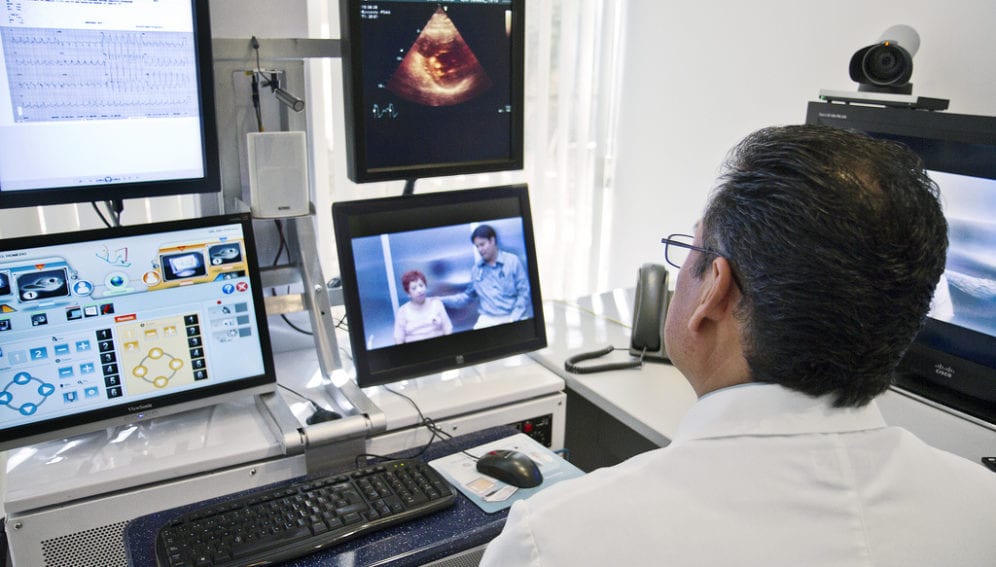By: Mićo Tatalović
Send to a friend
The details you provide on this page will not be used to send unsolicited email, and will not be sold to a 3rd party. See privacy policy.
A meeting on drug discovery and development run by The International Society for Neglected Tropical Diseases in London, United Kingdom, yesterday, brimmed with useful tips and resources for the research community. One of them was the just-launched space on The Global Health Network’s website dedicated to collaboration on neglected tropical diseases (NTDs).
“It’s a democratic space,” said Trudie Lang, researcher from the University of Oxford, United Kingdom, who presented it. “It’s for the NTD community to make use of it.”
The network also has a section called Site Finder, which takes the technology behind dating sites and puts it to use for scientists to find sites where they could do their clinical trials.
Lang said that clinical trials often leave behind great infrastructure and trained staff desperately looking for more work — and the tool allows other researchers to find sites that have been set up for one trial, and use them for further trials, perhaps on another disease altogether.
This helps make more rational use of very limited resources in the field, too.
There is also a resource on the website that maps all the key steps at any stage of a clinical trial to help researchers make sure they prepare their trials well.
Modern technology, such as wiki-style and dating sites software, allows scientists to “organise information in a very clever way”, she added.
“As scientists, we’re rubbish at sharing,” Lang said. “Unless we share the methods by which we collect the data, it won’t be of much use.”
In a similar vein of opening up collaboration and access to resources and knowledge, the Medicines for Malaria Venture ships for free a box of 400 promising antimalarial compounds to researchers who request it via its Malaria Box project.
And Raymond Hui, from the Structural Genomics Consortium at the University of Toronto, Canada, ships free compounds such as DNA that are relevant to such research to scientists who request them.
Finally, Michael Pollastri, a chemist at Northeastern University, United States, is tired of closed and secretive research that means time is wasted repeating other people’s failures.
So he is trying to set up a new model for open collaboration that would not compromise intellectual property, but would help to streamline disparate research on NTDs. Visit his site, linked to below, to join efforts to create collaborative sharing of timely data for NTD drug discovery.
> Link to The Global Health Network
> Link to Malaria Box
> Link to Structural Genomics Consortium
> Link to Collaborative Data for NTD Drug Discovery














